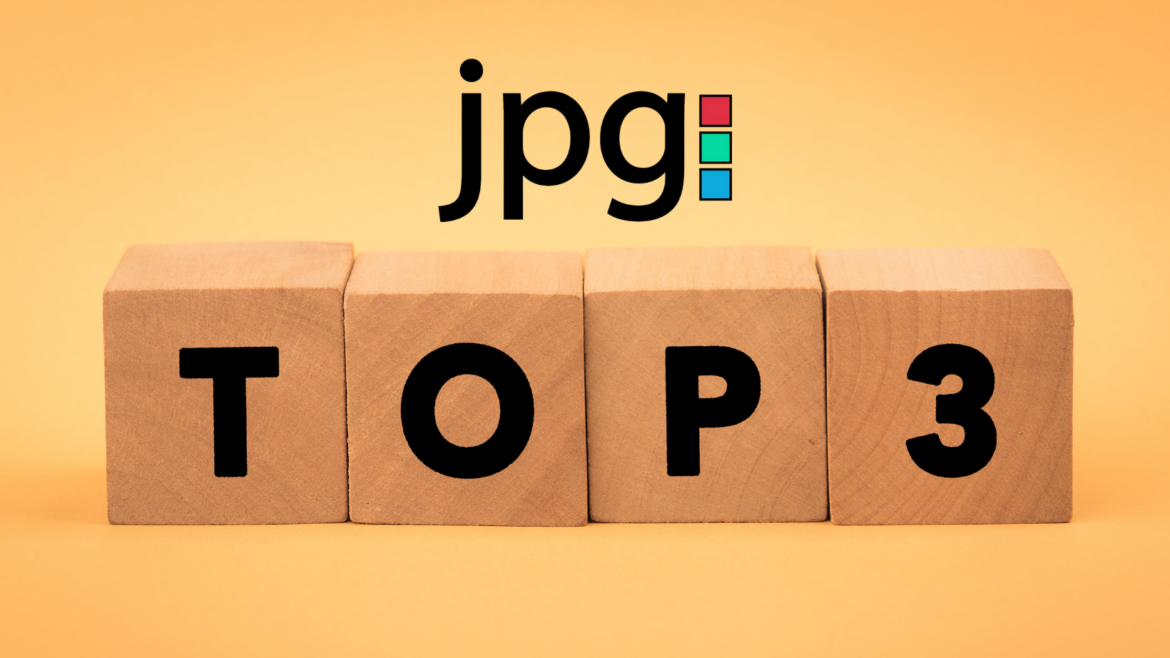The JPG Top 3: Instagram is making big changes, Marketing during a recession, and the best times to post on Twitch
https://thejpgagency.com/wp-content/uploads/2022/07/JPG-Top-3-Facebook-Cover-1024x577.png 1024 577 Zack Jackson Zack Jackson https://secure.gravatar.com/avatar/879dbd3763b69b1658dda607abbb88c40494b2e0549d14558bc68c65ac41ebe4?s=96&d=mm&r=gWe comb the interwebs to bring you the top 3 stories for small business social media marketing, branding, and engagement. Get it even sooner by subscribing to our FREE Top 3 email. Subscribe now
#3 Marketing During a Recession
Are we in a recession? Who the heck knows! What we do know is that whether or not some news report or pile of statistics can “officially” declare a recession, consumers and businesses are definitely ACTING like we are, so we need to plan accordingly.
One thing that tends to happen during an economic downtown is that companies start to panic and begin slashing budgets, especially marketing and advertising budgets. Don’t do it! Historical data (and we’re talking over 100 years worth here) will show that companies that perform the best during a recession are the ones who DON’T make those cuts. Not only that, but their businesses continue to have higher levels of success after the downturn. Read more here.
#2 The Best Time to Stream On Twitch
Last time we looked at the best times to post on Facebook and Instagram, so this time we wanted to give you the data on the most popular streaming times on Twitch. According to this Hootsuite article, the most popular times for viewership is 2-5pm eastern time, but they also make a very interesting point that that may be the exact time you want to avoid. Competition is high and some of the biggest names on the platform are active.
Meanwhile, the least active time clocks in at 3-7am eastern, and while that’s definitely “sleepy time” for those of us on the east coast, it’s also a time with far less competition. So if you’re a smaller channel looking to gain eyeballs, this may be the exact time you want to be streaming.
I would go one step further and use some similar mindsets when posting to other platforms. Take Facebook and Instagram for example. If you’re someone who uses Meta Business Suite to schedule posts and you look at the “optimal posting times” that Meta spits out, most of them tend to say roughly 7pm is when your page audience is “most active” (at least that’s the time I always see). Sure … on the surface that seems like a great idea. But then realize that EVERY OTHER business is also getting told this same exact time. So now 7pm is flooded with new posts that you have to fight with. With that in mind it makes sense to jump the gun and throw yours out there at 6 or 6:30 so you can get a head start.
#1 Big Changes at Instagram
Social platforms are forever changing things and testing out new features. Some of these features become across the board changes, while others disappear into oblivion. Here’s a couple IG is testing right now …
I won’t spend a ton of time analyzing the tests mentioned above simply because we don’t know if they’ll ever become anything more than just a test. The Notes feature is an interesting one because it’s the first real departure from pictures and video for Instagram and almost reminds me of a quick Tweet or the old “Zack Jackson is …” status updates from the olden days of Facebook. That said, if anybody actually cares still remains to be seen.
One big Instagram change that is definitely coming is a brand new sizing guide. Some of you may already have noticed that the images in your IG grid have gotten longer. Not everybody has had this change happen yet (I haven’t), but to those who have it means the old square picture setup is going to look cut off on both the left and right sides. This may not be an issue if your image is well centered, but it makes a huge difference when text is being cut off.
The biggest takeaway here is that Meta is gearing more and more to mobile content and viewing. They want everything to fit perfect on the screen of your phone and they don’t really care about any other device. Horizontal images and video were on life support already, but now you can pretty much save the date for their funeral. And yes, horizontal video may be higher quality, but we’re learning a very simple argument against it … NOBODY CARES! Get the full Instagram sizing guide




